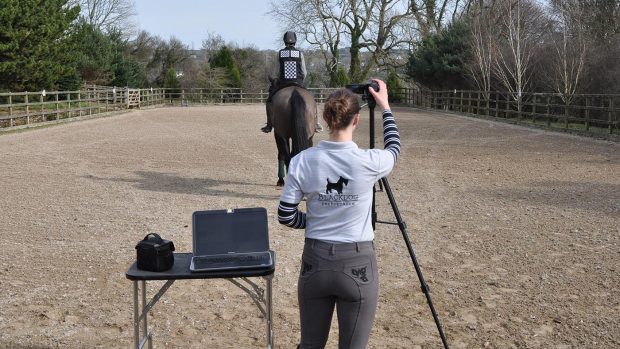Hunters require powerful hindquarters to do their job properly, yet some of these horses – particularly big, heavy hunters – can move their back legs in a very strange way at times.
These off hind limb actions are most noticeable as they move off, often quite briskly, after standing around getting cool. The observer can be left wondering whether they are lame or if they have a gait abnormality.
If they are still going strong at the end of the day’s hunting, such an abnormality may not actually be that important to the horse.
However, they may feel rather odd the first time you ride them, and this could be a work at a veterinary examination for purchase.
It is worth knowing which hind limb movement disorders are significant or serious. The following three are a common cause for concern:
Stringhalt
This is a hind limb gait abnormality with an exaggerated bending of one or both hindlegs, almost like a goose-stepping march. It is most obvious at a walk, particularly after a horse has been standing still in cold weather, such as after the meet), yet the horse will be normal at rest.
Signs are worse on turning and backing, and only one hindleg is usually affected.
Locking stifle
This is more properly called upward fixation of the patella. It is a mechanical lameness where a horse or pony is unable to unlock the stifle (or kneecap) from the extended position, so the horse hops forward with its leg stuck out behind. The toe may be dragged along the ground and the stifle and hock cannot be bent.
It can look quite alarming and, at first glance, many people think that the limb is broken. Fortunately, the kneecap (or patella) does not lock, but catches with each stride.
It may be more obvious when the horse is reversed or turned towards the affected side. When the stifle is not locked, the horse or pony will not be lame.
Shivering or shivers
This is another mysterious and poorly understood disease of the nervous system. Farriers are probably most aware of the condition and know how common it actually is.
This is because one of the biggest problems with horses which shiver is that they can be difficult to shoe. Such horses have a tendency to snatch the limb up, or for the limb to quiver when it is lifted. This in turn makes accurate fitting of shoes arduous.
Is it in the walk?
Many horses with gait abnormalities remain undiagnosed, so is it just the way they walk?




